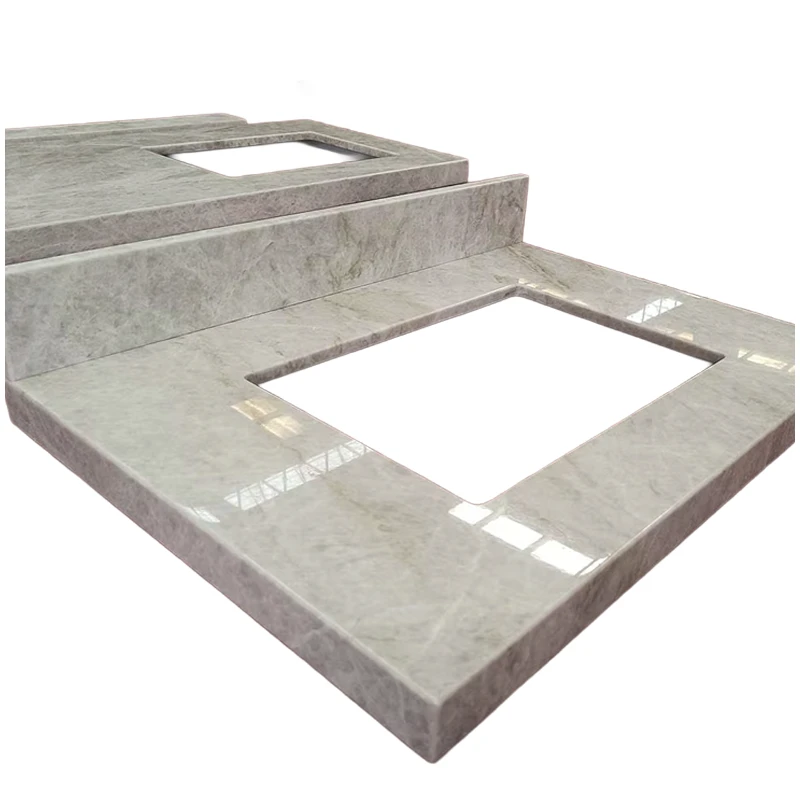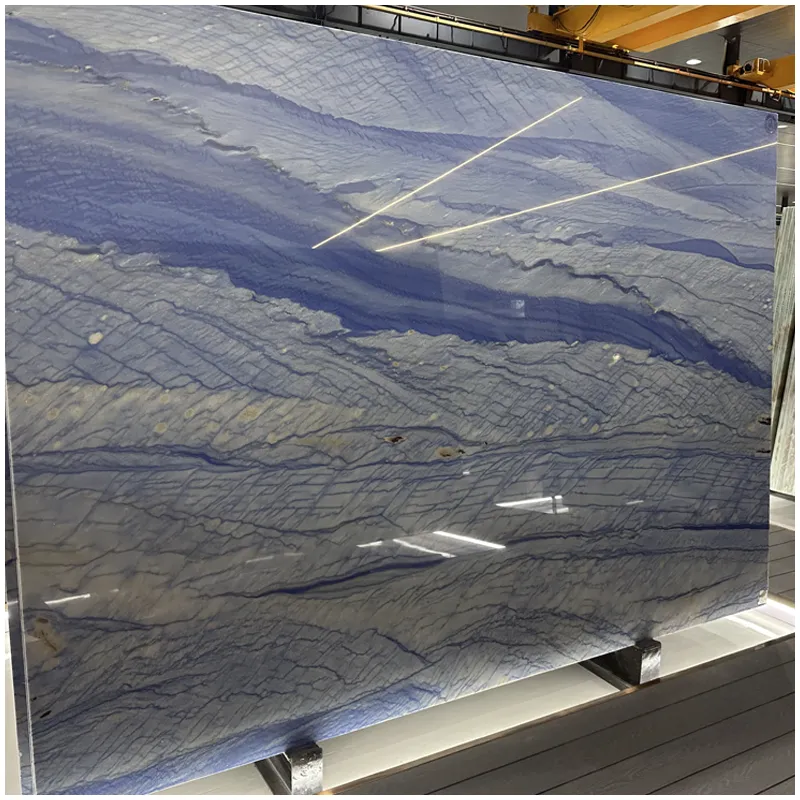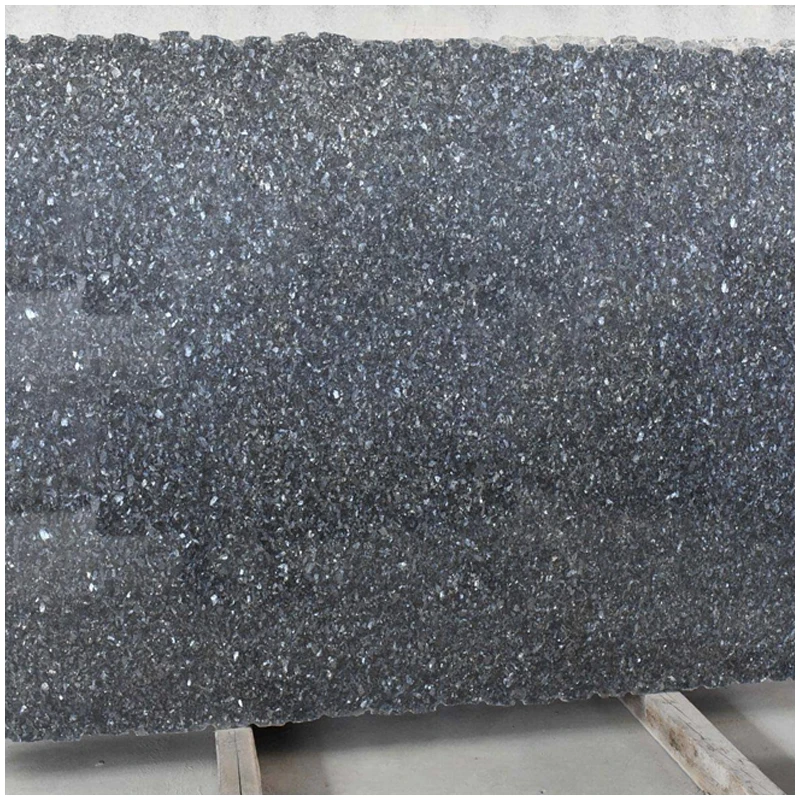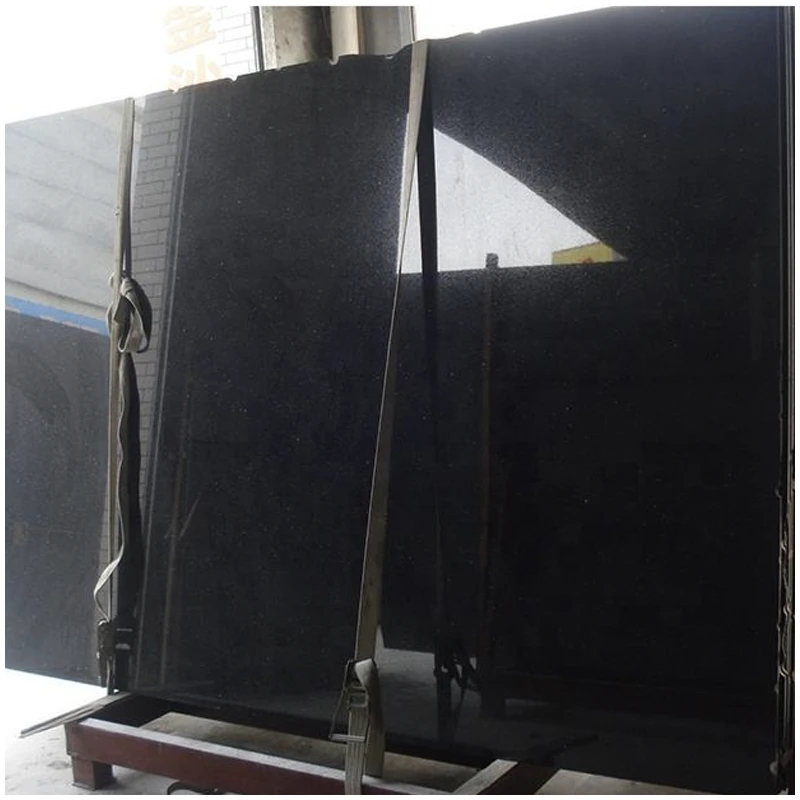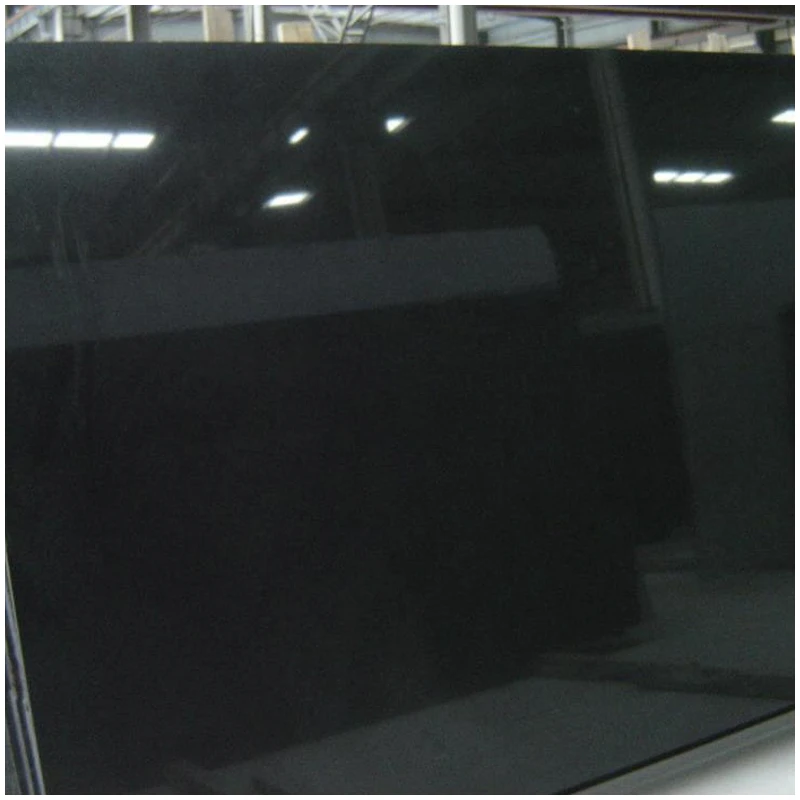Volakas White Marble Floor Tiles
Volakas White Marble Tile Collection Bring natural color, beauty, and warm tones into your home with the Volakas marble series. This authentic Greek marble was used for thousands of years in statues and is guaranteed to bring distinctive style to any space.
Volakas marble’s best-kept secret is an unusual beauty that never fails to dazzle the observer. Original from Greece, this white natural stonework is appreciated both for its uniformity as well as its grey tone veins rushing across a white backdrop to create a unique, timeless kind of marble.
| Good Quality Volakas White Marble Slab | ||
Material | Ajax Volakas White Marble | |
| Oberfläche | Poliert, geschliffen, etc. | |
| Brammen | Größe | 1800(aufwärts)x600(aufwärts)mm
1800(aufwärts)x700(aufwärts)mm
2400(bis)x1200(bis)mm
2800(bis)x1500(bis)mm
… |
| Danke | 18mm, 20mm, etc. | |
| Kacheln | Größe | 300x300mm
600x300mm
600x600mm
… |
| Danke | 18mm, 20mm, etc. | |
| Arbeitsplatten | Größe | Kundenspezifische Anpassung auf der Grundlage von Zeichnungen/Bedarf |
| Danke | 18mm, 20mm, etc. | |
| Waschtischplatten | Größe | Kundenspezifische Anpassung auf der Grundlage von Zeichnungen/Bedarf |
| Danke | 18mm, 20mm, etc. | |





Was ist der Unterschied zwischen poliertem Marmor und geschliffenem Marmor?
Polierter Marmor hat ein glänzendes, hochglänzendes Aussehen. Er ist sehr glatt und seine Beschichtung wirkt wie ein Schutzmittel. Geschliffener Marmor hat eine flachere Oberfläche, die weniger reflektiert. Die Menschen entscheiden sich oft für geschliffenen Marmor, weil er weniger anfällig für Kratzer oder Ätzungen ist. Ein Kratzer auf einer matten Oberfläche ist normalerweise weniger auffällig als auf einer glänzenden Oberfläche. Allerdings ist geschliffener Marmor anfälliger für Flecken, da die Poren des Steins näher an der Oberfläche liegen. Beide Varianten sind für die meisten Anwendungen geeignet, auch für Küchen und Bäder.
Why does marble turn yellow?
White marble can turn yellow or brown when the stone is directly it is exposed to water for long periods of time, or if the stone is penetrated by harsh chemicals, including bleach and acids found in some foods and household cleaners. The yellowing usually happens because the iron in the stone oxidizes. If the seal on the marble has weakened or worn, water and other chemicals can reach the surface of the stone and absorb into the pores, which causes discoloration.
Yellowing and discoloration can also be caused if the marble is not cleaned properly. Some cleaners, polishes, and waxes that are not designed for marble can leave a build-up that will cause the stone to turn yellow.
In most cases, the stone can be repaired. It is suggested that you contact an expert for these repairs.









